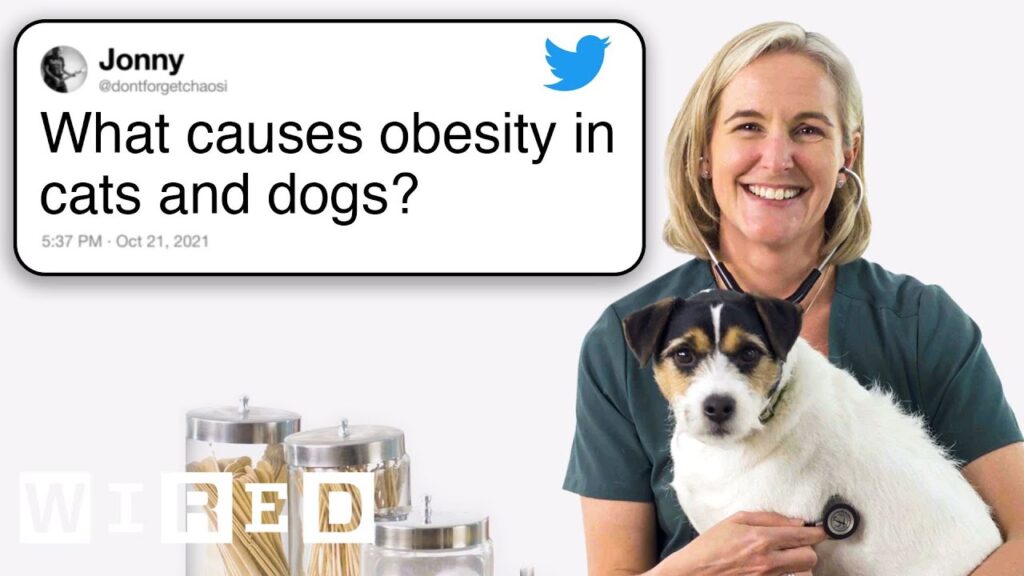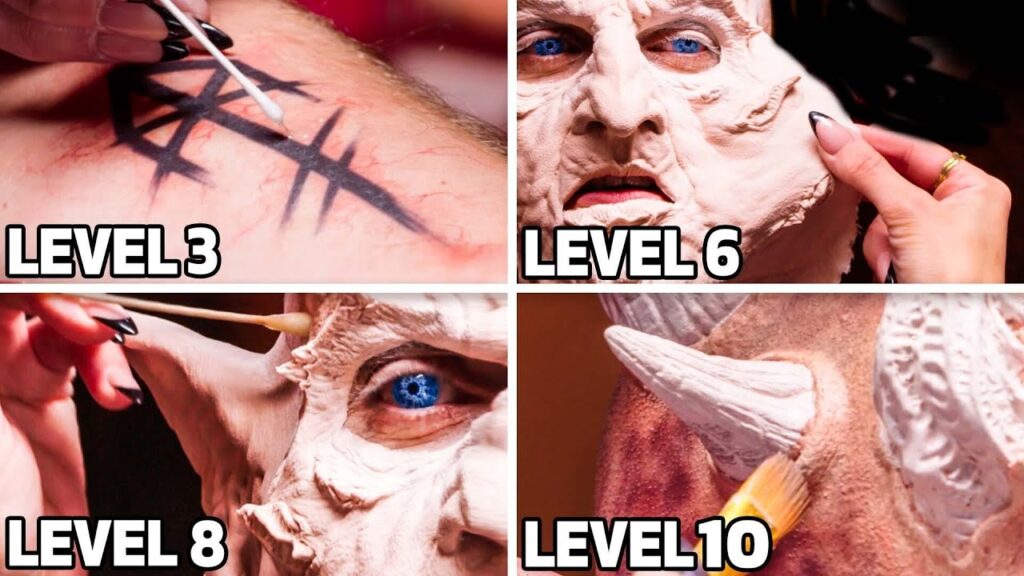Q&A with Trauma Surgeon Annie Onishi: Clearing up Common Medical Myths and Giving Honest Answers to Surgical Procedures
Summary
In this transcript, trauma surgeon Annie Onishi answers various questions related to surgery and medical procedures. She explains why clothes are cut off at the ER, when to get a stitch, and why doctors don’t bleed as much as people do when they get little cuts. Furthermore, she clears up some common misconceptions such as the idea that surgeons wear diapers during long surgeries and that patients count backwards when given anesthesia. She also provides some medical information related to the location of pneumonia and COVID on X-rays and the duration of dissolvable sutures.
Table of Contents:
- Why do doctors cut off clothes in the ER?
- When and how do you know you need a stitch?
- Do surgeons really wear diapers during long surgeries?
- Can you drink alcohol after surgery?
- Is using peroxide on wounds necessary?
- Is it safe to leave instruments inside a patient’s body?
- What is the best way to remove suture loose ends?
- Why don’t doctors bleed as much as people do when they get little cuts?
- Is an appendectomy a minor operation?
- Is consuming charcoal as a health trend recommended?
- How long does it take for a wound dehiscence to heal?
- Can sutures be used on clothing and toys?
- Why are dissolvable sutures used?
- What can you see on an X-ray in relation to pneumonia or COVID?
Introduction:
There are various misconceptions and myths surrounding surgery that are not typically addressed in mainstream media. Therefore, in this blog, we have compiled a list of common questions and concerns by those who are set to undergo surgeries or those who want clarification on specific medical procedures. Trauma surgeon Annie Onishi will be answering these questions.
Why do doctors cut off clothes in the ER?
When a patient is brought into the ER, it is crucial to obtain access to their body as quickly and efficiently as possible. Clothing may cause hindrances and may contain harmful substances that require immediate attention. In addition, cutting off clothes allows doctors to go through all the limbs and the torso to check for any injuries, including those that may be missed with clothing on. This ensures nothing is missed while checking for any possible injuries.
When and how do you know you need a stitch?
A stitch (suture) is used to close a wound that has gone through the first layer of skin. The wound should be examined by a healthcare professional, who will determine if the cut is deep enough to cause bleeding, leave a gaping wound or require stitches. A healthcare professional will examine the wound to determine the extent of the damage and the type of suture that should be used. Generally, a wound that doesn’t stop bleeding on its own or gapes open requires stitching. It is always important to seek medical attention immediately in such cases.
Do surgeons really wear diapers during long surgeries?
This myth is nothing more than a myth. This misconception stems from the fact that surgeons can be in lengthy surgeries that can take several hours. In situations like these, it is common practice for the surgeon to take a bathroom break during surgery if needed. In addition, modern surgical attire has evolved over the years, allowing for more comfortable and convenient options compared to older surgical attire that may have required wearing a diaper.
Can you drink alcohol after surgery?
The answer to this question depends on what type of surgery you have had and what type of medication you are currently on. Consuming alcohol may worsen your situation, since it has the tendency to thin your blood and can interfere with the medication you are currently taking. It is advisable to avoid alcohol after surgery and to consult with your doctor before any decision is made.
Is using peroxide on wounds necessary?
Using peroxide on a wound is not necessary if it is a small cut. Generally, clean running water and mild soap will get the job done. Hydrogen peroxide does have its merits, particularly for road rash, but it can delay wound healing due to its oxidizing nature, which can cause damage to healthy tissues. For particularly dirty wounds, a medical professional may use a diluted antiseptic solution to avoid infection.
Is it safe to leave instruments inside a patient’s body?
The space available in the abdominal or chest cavity is vast, so there is not much danger of surgical instruments being left inside a patient’s body. However, the insertion of surgical instruments is closely monitored during surgery to avoid this patient’s scenario. In any case, if there is a suspicion that an instrument might have been left behind, another surgery may be scheduled to locate and remove it.
What is the best way to remove suture loose ends?
The best way to remove suture loose ends is to tie the knot twice and snip the ends close to the knot, leaving only a small amount visible. If in doubt, seeking medical advice from a healthcare professional who knows your situation can help avoid any potential complications. Do not pull a suture at any time without your doctor’s approval.
Why don’t doctors bleed as much as people do when they get little cuts?
With proper surgical training, doctors have developed the knowledge to put pressure on a wound when cut, which is why you do not see a copious amount of bleeding from the surgical field. In addition, surgeons use techniques, such as electrocautery, to minimize blood loss during surgery. Therefore, the amount of bleeding seen is already controlled and minimized.
Is an appendectomy a minor operation?
An appendectomy is a relatively minor surgical procedure but is not something to be taken lightly. The procedure is done under general anesthesia and involves the removal of one’s appendix. It is essential to seek appropriate medical advice before deciding to undergo the procedure, and as with any procedure, there are risks and benefits involved.
Is consuming charcoal as a health trend recommended?
Consuming charcoal as a health trend is not recommended, as there is little scientific evidence to back up any claims as to its effectiveness. Furthermore, activated charcoal can negatively interact with certain medications and may cause side effects such as vomiting, diarrhea, and black stools. Therefore, it is crucial to obtain medical advice before taking action.
How long does it take for a wound dehiscence to heal?
The time it takes for wound dehiscence to heal depends on several factors, including the size of the wound, infection control, and adequate nutrition support. A severe form of wound dehiscence, where multiple layers of the skin are involved, may require surgical intervention to repair. It is essential to follow up with a medical professional to ensure proper care and healing.
Can sutures be used on clothing and toys?
Absolutely! Sutures can be used to repair all manner of materials. Many people who enjoy sewing, quilting, and other crafts often turn to dissolvable sutures as they can be used even in intricate patterns. Dissolvable sutures can be a convenient option for clothes, toys, and material that are subject to wear and tear.
Why are dissolvable sutures used?
Dissolvable sutures are used if a wound was closed internally, as the body will naturally break them down over time. Dissolvable sutures are made from various biological materials that are tolerated by the body and degrade over time. They are a good option for wounds that require longer healing times.
What can you see on an X-ray in relation to pneumonia or COVID?
X-rays are a valuable tool used to diagnose pneumonia or COVID. Signs of pneumonia include a white or opaque area in the lungs, which is an indication of fluid buildup. Similarly, in COVID-19 patients, ground-glass opacities (hazy white areas) can be seen on the X-ray. However, it is essential to note that not all COVID-19 patients will have abnormal chest X-rays in the early phases of the disease. Other measures such as antigen tests or PCR testing will be needed for accurate diagnosis.
Conclusion:
Misconceptions and myths about surgical procedures can cause anxiety and misinformation. It is crucial that one seeks out proper medical resources and professional advice to ensure safe and appropriate medical care. By understanding surgical procedures, the risks involved and the recovery process, one can experience a smooth surgical experience.







